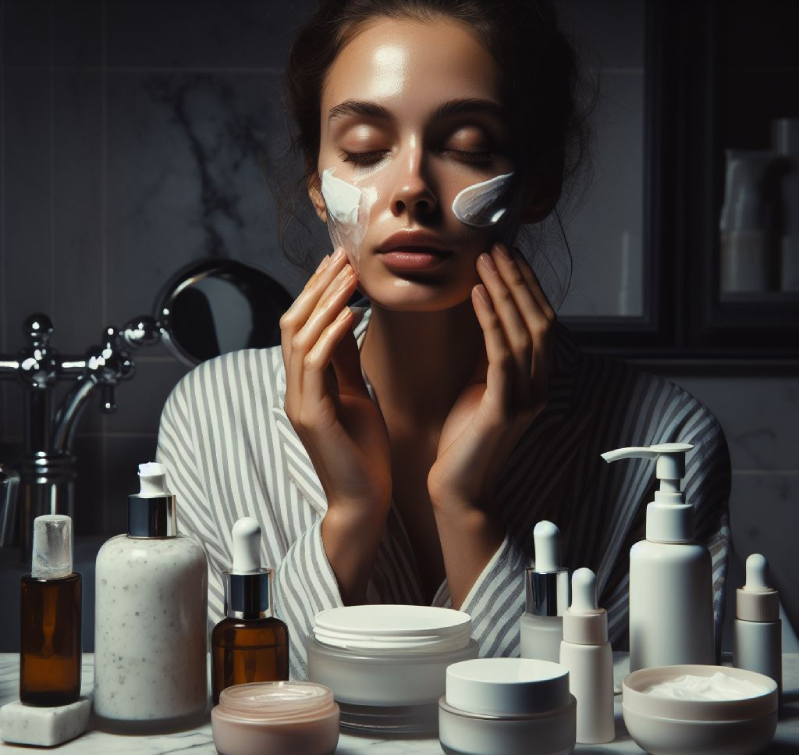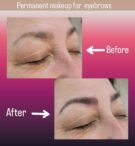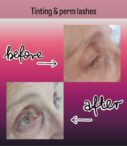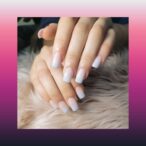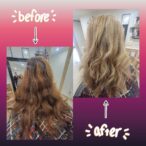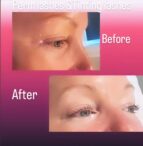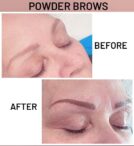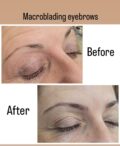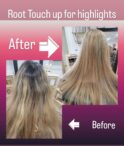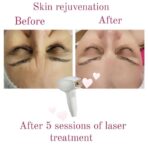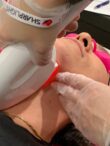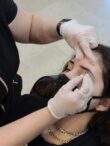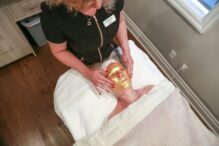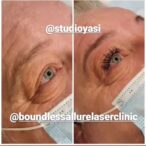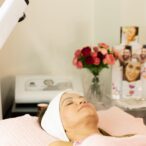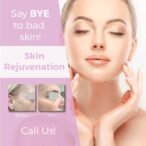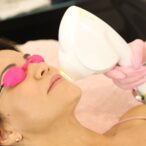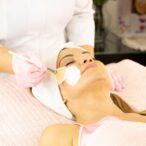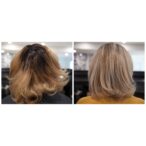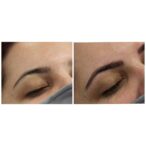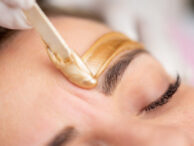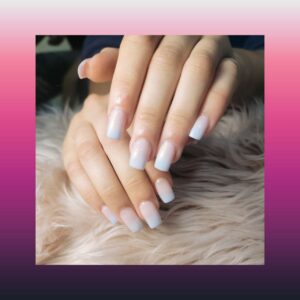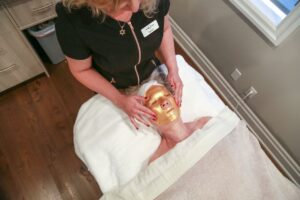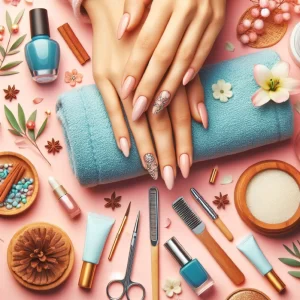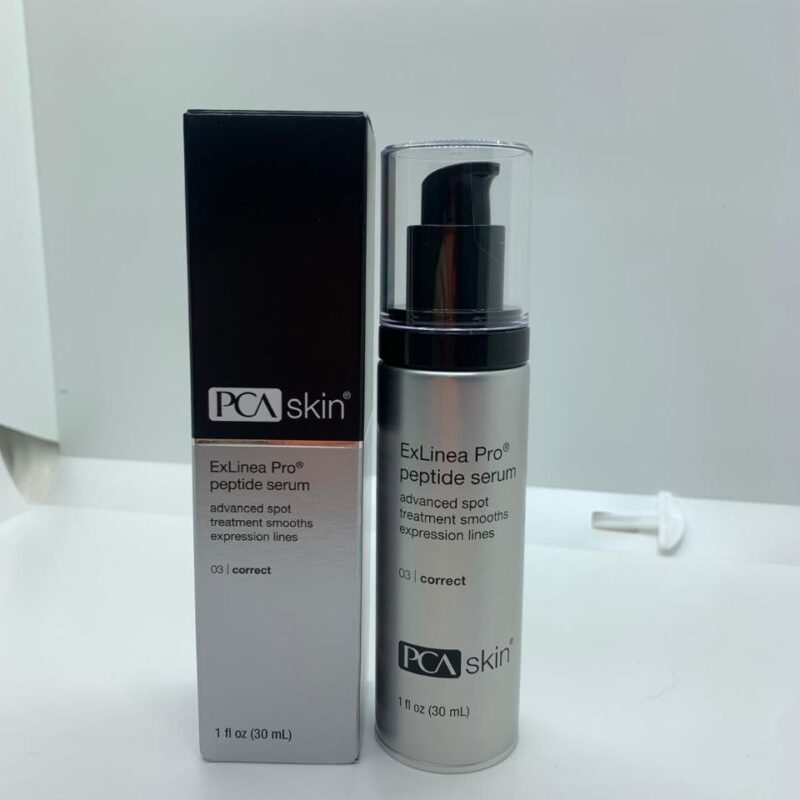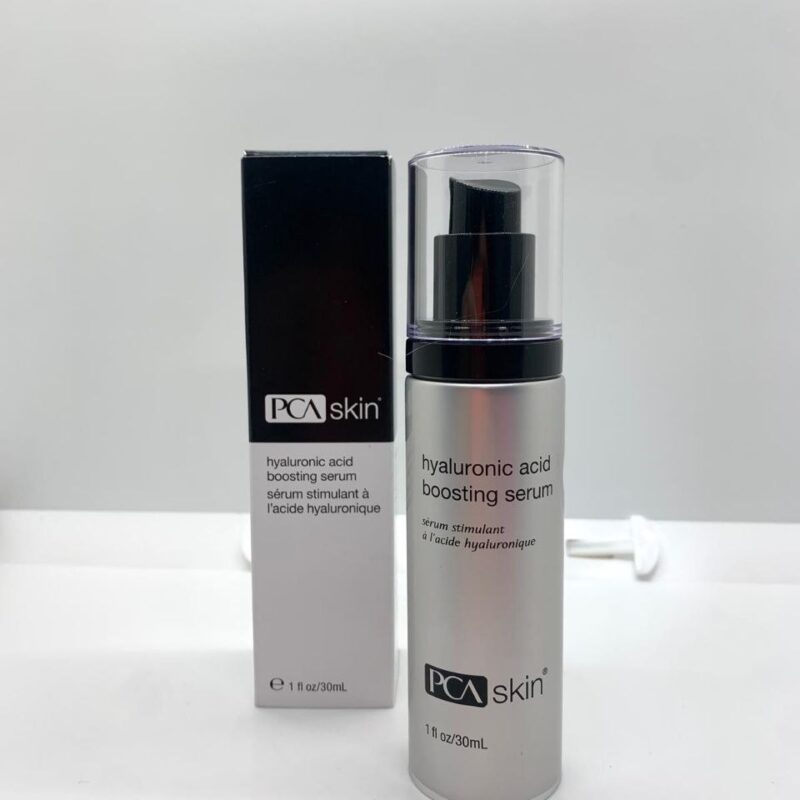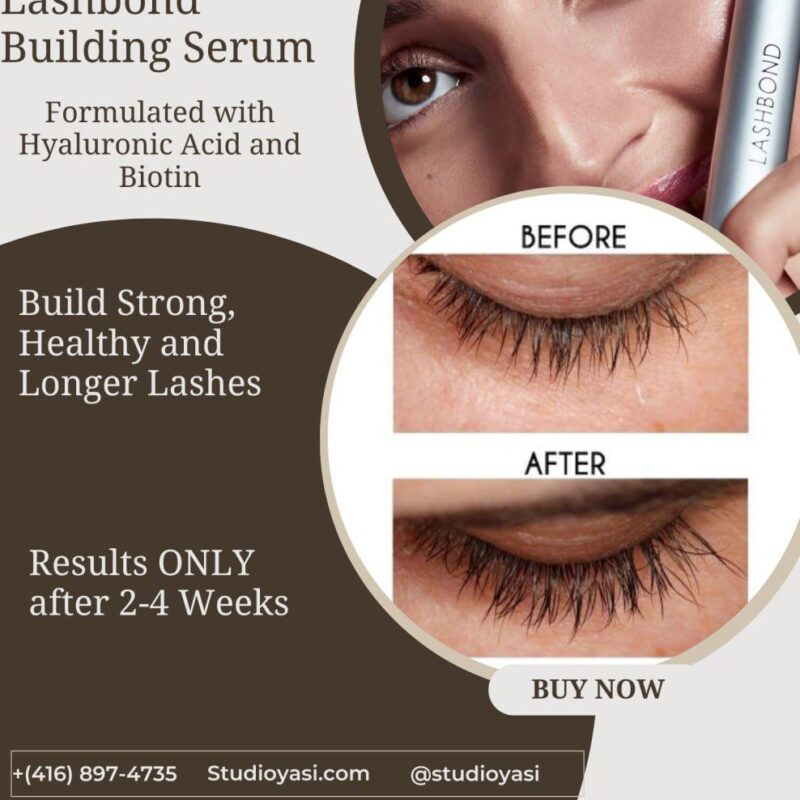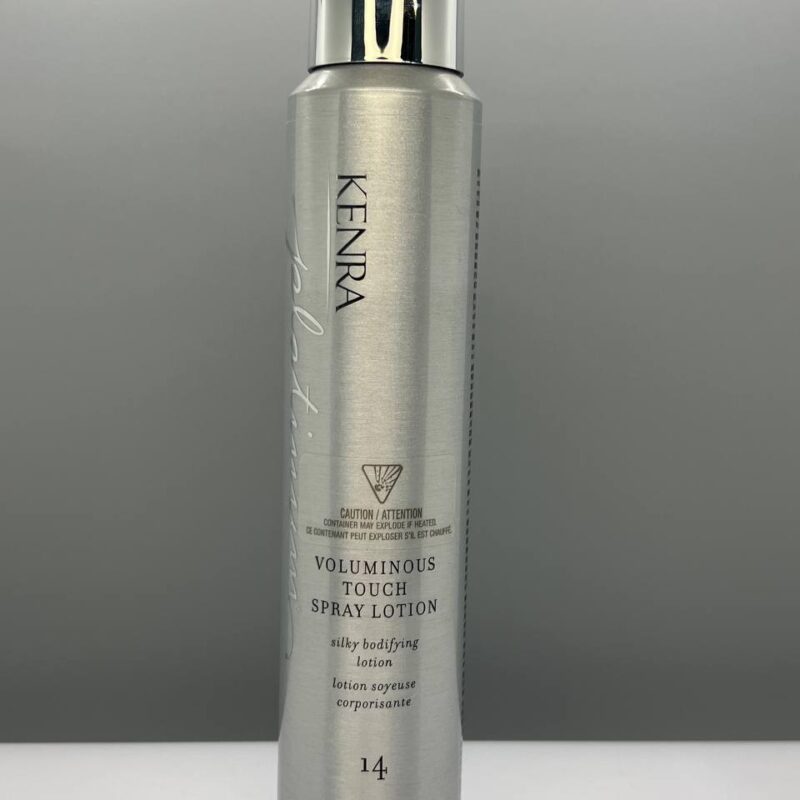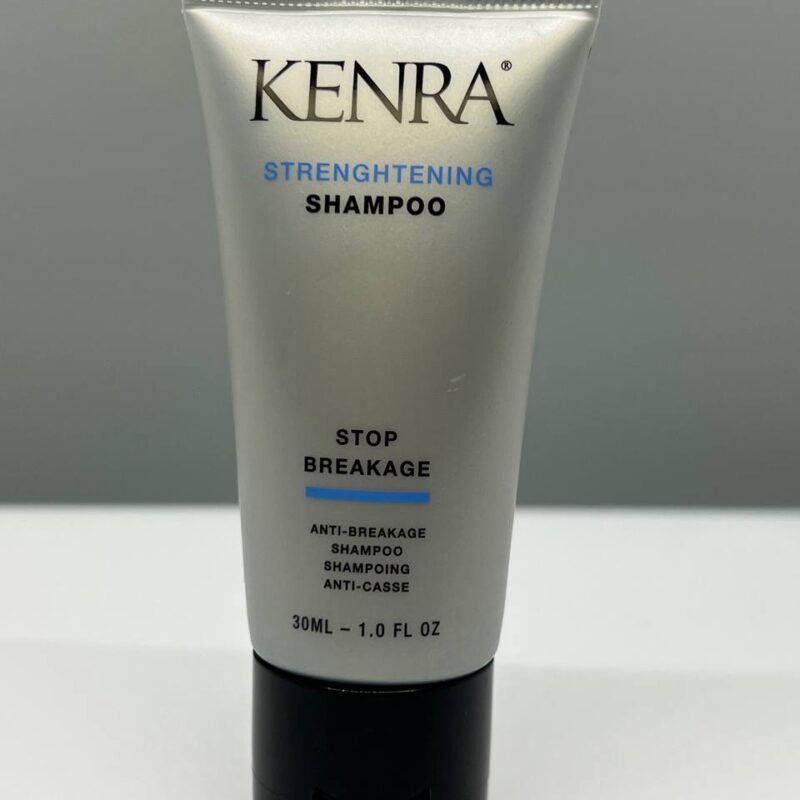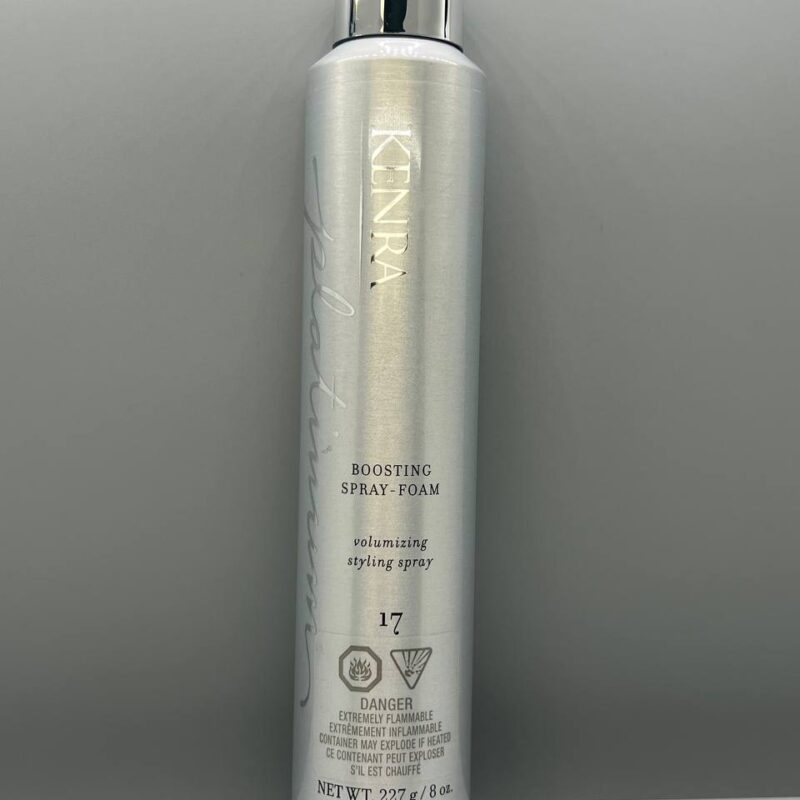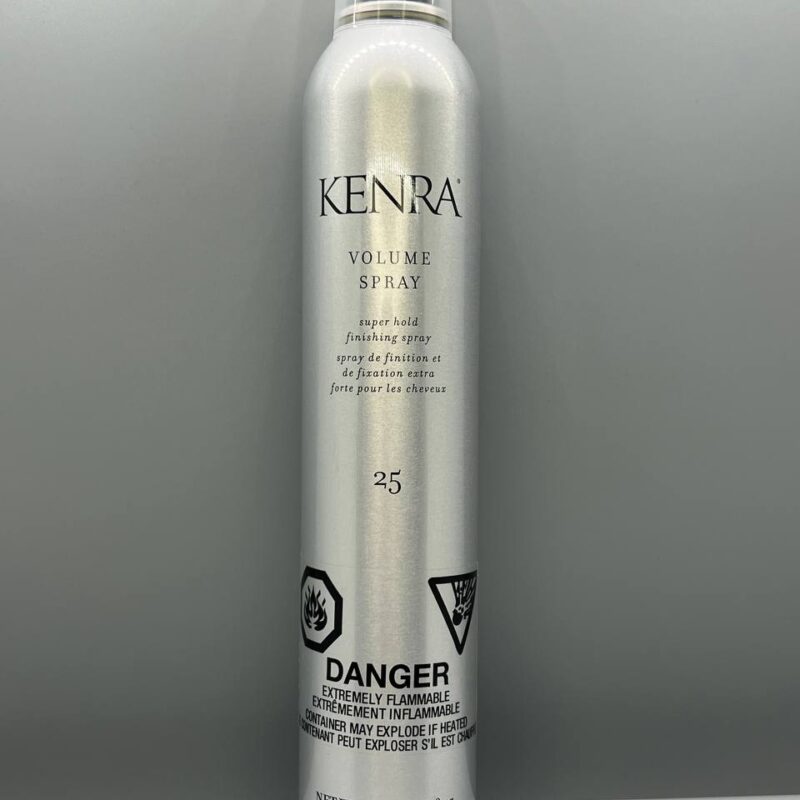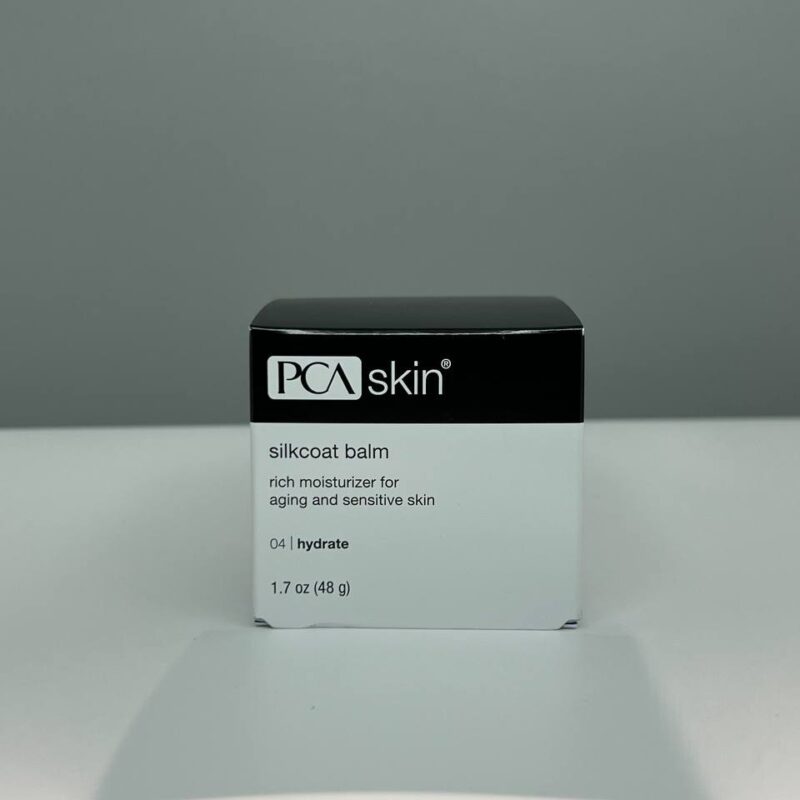A nighttime skincare regimen is a crucial aspect of a comprehensive skincare routine. It involves a series of steps and products designed to cleanse, nourish, and repair the skin during the night, taking advantage of the body’s natural repair processes that are more active during sleep.
The primary goals of a nighttime skincare routine typically include removing the day’s impurities, replenishing moisture, addressing specific skin concerns, and promoting overall skin health. The routine often begins with a gentle cleanser to remove makeup, pollutants, and excess oil accumulated throughout the day. Be with us in the following article from Studio Yasi’s blog to give you more information about Night Skincare Regimen.
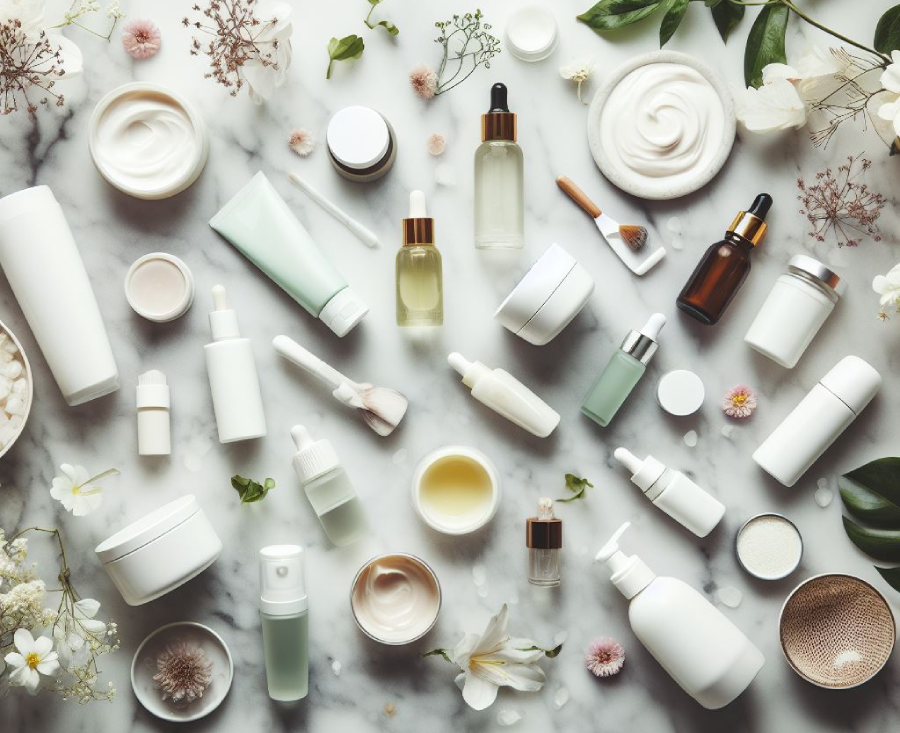
What is the Skincare Routine?
A skincare routine is a structured series of steps and products aimed at maintaining and improving the health and appearance of the skin. It typically includes cleansing, toning, and protecting your skin from the sun. The specific products you use and the order in which you apply them will depend on your skin type and concerns.
Benefits of having a Skincare Routine
Having a skincare routine can provide several benefits, including:
- Improved skin health: A good skincare routine can help to improve the overall health of your skin by keeping it clean, hydrated, and protected from the environment. This can help to prevent skin problems such as acne, eczema, and premature aging.
- Increased confidence: When your skin looks and feels its best, you can feel more confident in your appearance. This can boost your self-esteem and make you feel more comfortable in social situations.
- Reduced stress: The act of taking care of your skin can be a relaxing and stress-relieving experience. This can help to improve your overall mood and well-being.
- Saved money: While it is true that you can spend a lot of money on skincare products, there are many affordable and effective products available. A good skincare routine can save you money in the long run by preventing you from having to spend money on treatments for skin problems.
In addition to these general benefits, a skincare routine can also help to address specific skin concerns. For example, if you have oily skin, a skincare routine can help to control oil production and reduce breakouts. If you have dry skin, a skincare routine can help to hydrate your skin and make it feel suppler.
Introducing 10 of Summer 2024’s Hairstyle Trends
lashes bradford
electrolysis vs laser hair removal
Overall, having a skincare routine is a great way to invest in your health and well-being. By taking care of your skin, you can improve your appearance, boost your confidence, and reduce stress.
7 Steps to build a Skincare routine

Here is a 7-step guide provided by Studio Yasi to building a skincare routine that suits your skin type and concerns:
1. Use Cleanser
Cleansing is the first step in any skincare routine, as it removes dirt, oil, impurities, and makeup that can clog pores and irritate the skin. Here’s how to use cleanser on your skin:
- Step 1: Wet your face with lukewarm water. Avoid using hot water, as this can strip your skin of its natural oils.
- Step 2: Apply a small amount of cleanser to your hands. A dime-sized amount is usually enough for your entire face.
- Step 3: Work the cleanser into a lather. You can do this by rubbing your hands together or using a washcloth.
- Step 4: Gently massage the cleanser into your skin. Be careful not to scrub your skin too hard, as this can irritate it.
- Step 5: Rinse your face with lukewarm water. Make sure to remove all of the cleanser.
- Step 6: Pat your face dry with a clean towel. Avoid rubbing your skin, as this can irritate it.
Tips:
- Use a cleanser that is appropriate for your skin type. If you have oily skin, a gel or foam cleanser is recommended. If you have dry or sensitive skin, a cream or milk cleanser is better.
- Cleanse your face morning and night.
- Avoid using soap on your face, as this can strip your skin of its natural oils.
- If you wear makeup, remove it before cleansing your face.
- Be gentle with your skin when cleansing.
- Pat your skin dry with a clean towel after cleansing.
2. Apply some Toner
Here’s how to apply toner to your skin:
- Cleanse your face. This will remove dirt, oil, and makeup, preparing your skin for the toner.
- Apply a small amount of toner to a cotton pad. A dime-sized amount is usually enough for your entire face.
- Gently swipe the cotton pad over your face and neck. Avoid getting toner in your eyes.
- Let the toner air dry. You don’t need to rinse it off.
- Follow up with your moisturizer. This will help to lock in the hydration from the toner.
Here are some additional tips for applying toner:
- Use a toner that is appropriate for your skin type. If you have oily skin, an alcohol-based toner may be helpful. If you have dry or sensitive skin, an alcohol-free toner is better.
- Apply toner after cleansing, but before applying your moisturizer.
- Be gentle when applying toner. Don’t rub or scrub your skin, as this can irritate it.
- Avoid getting toner in your eyes. If you do get toner in your eyes, rinse them with water immediately.
- If you have any concerns about using toner, talk to your dermatologist.
3. Don’t forget Serum or Treatment
Serums and treatments are concentrated skincare products that target specific skin concerns, such as wrinkles, acne, or hyperpigmentation. They are typically applied after cleansing and toning, but before moisturizing.

What is a serum?
A serum is a thin, lightweight liquid that contains a high concentration of active ingredients. These ingredients can penetrate deep into the skin, where they can work to address specific skin concerns.
10 simple tips to take care of dry hair
What is a treatment?
A treatment is a more concentrated version of a serum. It may contain a higher concentration of active ingredients, or it may contain ingredients that are not found in serums. Treatments are typically used to address more serious skin concerns, such as wrinkles, acne, or hyperpigmentation.
How to apply a serum or treatment:
- Cleanse and tone your skin.
- Apply a pea-sized amount of serum or treatment to your fingertips.
- Gently massage the serum or treatment into your skin, avoiding the delicate eye area.
- Allow the serum or treatment to dry completely before applying your moisturizer.
Here are some additional tips for applying serums and treatments:
- Choose a serum or treatment that is appropriate for your skin type.
- Apply a small amount of product to your fingertips before applying it to your face.
- Be gentle when applying the product. Don’t rub or scrub your skin, as this can irritate it.
- Allow the product to dry completely before applying your moisturizer.
4. Eye Cream can help more
Eye cream is a specialized skincare product specifically formulated for the delicate skin around the eyes.
It’s designed to address the unique concerns of this area, such as dark circles, puffiness, fine lines, and wrinkles. The skin around the eyes is thinner and more sensitive than the rest of the face, making it more prone to dryness, damage, and premature aging. Using eye cream regularly can help to:
- Hydrate and Plump the Skin: Eye creams are rich in moisturizing ingredients that help to hydrate and plump the delicate skin around the eyes, reducing the appearance of fine lines and wrinkles.
- Reduce Dark Circles: Eye creams often contain ingredients that help to brighten the skin and reduce the appearance of dark circles, such as caffeine, vitamin C, and kojic acid.
- Minimize Puffiness: Eye creams may contain ingredients that help to reduce puffiness and inflammation, such as cucumber extract, green tea, and aloe vera.
- Protect from Environmental Damage: Eye creams often contain antioxidants that help to protect the skin from environmental damage, such as pollution and UV rays.
- Enhance Elasticity: Eye creams may contain ingredients that help to improve the elasticity and firmness of the skin around the eyes, such as retinol, peptides, and collagen.

Remember, eye cream is not a miracle cure, but it can be a valuable addition to your skincare routine to help maintain healthy, youthful-looking eyes.
5. Acne Treatment is a key step
Acne treatment is a crucial step in a skincare routine for those struggling with acne breakouts. Acne is a common skin condition that affects millions of people worldwide, characterized by pimples, blackheads, and whiteheads. While acne often clears up on its own during adolescence, some individuals continue to experience breakouts well into adulthood.
If you’re dealing with acne, incorporating acne treatment products into your skincare routine can effectively manage your breakouts and improve your skin’s overall health. Here’s a guide to acne treatment and the key steps involved:
- Cleanse Gently: The first step in any acne treatment regimen is proper cleansing. Choose a gentle cleanser that is oil-free and non-comedogenic, meaning it won’t clog your pores. Avoid harsh soaps or cleansers that can strip away the skin’s natural oils, leading to increased oil production and worsening acne.
- Exfoliate Regularly: Exfoliating helps remove dead skin cells and unclog pores, preventing the build-up of bacteria and other impurities that can contribute to acne breakouts. Use a gentle exfoliating scrub or mask 1-2 times a week, depending on your skin sensitivity.
- Target Acne with Topical Treatments: Over-the-counter (OTC) topical acne treatments are often the first line of defense against mild to moderate acne. These products contain ingredients that can kill acne-causing bacteria, reduce inflammation, and promote skin cell turnover. Common OTC acne treatments include benzoyl peroxide, salicylic acid, and azelaic acid.
- Consider Prescription Options: For more severe or persistent acne, prescription medications may be necessary. These typically contain stronger concentrations of active ingredients or combine different ingredients to target various aspects of acne. Consult a dermatologist to discuss prescription acne treatment options.
- Maintain a Healthy Skincare Routine: Beyond specific acne treatment products, maintaining a healthy skincare routine is essential for managing acne.
This includes for night Skincare Regimen:
- Moisturizing: Even oily skin needs moisturizer. Choose a lightweight, non-comedogenic moisturizer to hydrate your skin without clogging pores.
- Protecting from Sun Damage: Sun exposure can worsen acne. Use a broad-spectrum sunscreen with an SPF of 30 or higher daily, even on cloudy days.
- Avoiding Touching Your Face: Touching your face frequently can transfer dirt, oil, and bacteria, leading to breakouts. Keep your hands away from your face as much as possible.
Remember, consistency is key when it comes to acne treatment. Stick to your skincare routine, and don’t be discouraged if you don’t see immediate results. It may take several weeks or months to see significant improvement in your acne. If your acne is severe or persistent, consult a dermatologist for personalized treatment recommendations.
6. Put some Night Cream on your skin
Night cream is a type of moisturizer specifically designed for nighttime use. It is typically richer and thicker than day cream, and it contains ingredients that help to repair and regenerate the skin while you sleep.
- Hydrates the skin: Night cream helps to replenish the moisture that your skin loses throughout the day. This is especially important at night, as your skin’s natural moisture barrier is weaker when you sleep.
- Repairs and regenerates the skin: Night cream contains ingredients that help to stimulate cell turnover and collagen production. This can help to reduce the appearance of wrinkles and fine lines, and improve the overall texture of the skin.
- Protects the skin from environmental damage: Night cream contains antioxidants that help to protect the skin from free radicals, which can damage the skin and contribute to premature aging.
Here are the steps on how to apply night cream:
- Cleanse your skin: Start by cleansing your skin with a gentle cleanser to remove dirt, oil, and makeup.
- Tone your skin: Apply a toner to remove any remaining impurities and balance your skin’s pH.
- Apply a pea-sized amount of night cream to your fingertips.
- Gently massage the night cream into your face and neck, avoiding the delicate eye area.
- Allow the night cream to dry completely before getting into bed.
7. Last, but not least, face oil

Face oil is a concentrated, oil-based skincare product that is applied to the face to provide intense hydration and nourishment. It is typically used as the last step in a skincare routine, after cleansing, toning, moisturizing, and applying any targeted treatments. Here are some of the benefits of using face oil:
- Provides deep hydration: Face oil penetrates deep into the skin, delivering essential nutrients and moisture that can help to plump and revitalize the complexion.
- Nourishes the skin: Face oils are rich in antioxidants, vitamins, and fatty acids that can help to nourish and protect the skin from environmental damage.
- Improves skin elasticity: The nourishing properties of face oil can help to improve the skin’s elasticity, leading to a firmer, smoother appearance.
- Soothes and calms the skin: Face oil can be beneficial for sensitive skin, as it can help to soothe and calm irritation.
- Adds a healthy glow: Face oil can help to add a healthy, radiant glow to the skin, leaving it looking supple and dewy.
The most important thing you can do for your skin is to wear sunscreen every day, even on cloudy days. Sunscreen helps to protect your skin from the sun’s harmful UV rays, which can cause premature aging, wrinkles, and skin cancer.
The best way to wash your face is to use a gentle cleanser and lukewarm water. Avoid using hot water, as this can strip your skin of its natural oils. Wet your face with lukewarm water, apply the cleanser to your fingertips, and gently massage it into your skin. Rinse your face thoroughly with lukewarm water and pat it dry with a clean towel.
Toner is a liquid that helps to remove any remaining dirt, oil, and impurities from your skin after cleansing. It also helps to balance your skin’s pH. Moisturizer is a product that helps to hydrate your skin. It is important to moisturize your skin after cleansing, as this helps to prevent dryness and flakiness.
The best way to apply sunscreen is to apply it generously to all exposed skin 15 minutes before going outside. Apply sunscreen to your face, ears, neck, hands, and any other exposed skin. Be sure to get into all the nooks and crannies, such as behind your ears and around your eyes. Reapply sunscreen every two hours, or more often if you are sweating or swimming.
The best way to remove makeup is to use a makeup remover. Choose a makeup remover that is appropriate for your skin type. Apply the makeup remover to a cotton pad and gently remove your makeup. Be sure to get into all the nooks and crannies, such as around your eyes and lips. Rinse your face with lukewarm water and pat it dry with a clean towel.
The frequency with which you should exfoliate your skin depends on your skin type. If you have oily skin, you may want to exfoliate 2-3 times a week. If you have dry or sensitive skin, you may want to exfoliate once a week or every other week.
The best way to treat acne is to see a dermatologist. They can help you develop a treatment plan that is right for you. There are many different treatments for acne, including over-the-counter medications, prescription medications, and light therapy.
The best way to prevent premature aging is to wear sunscreen every day, even on cloudy days. You should also avoid smoking, eating a healthy diet, and getting enough sleep.
The best way to get healthy skin is to follow a good skincare routine. This includes cleansing, toning, moisturizing, and protecting your skin from the sun. You should also eat a healthy diet, get enough sleep, and manage stress.

